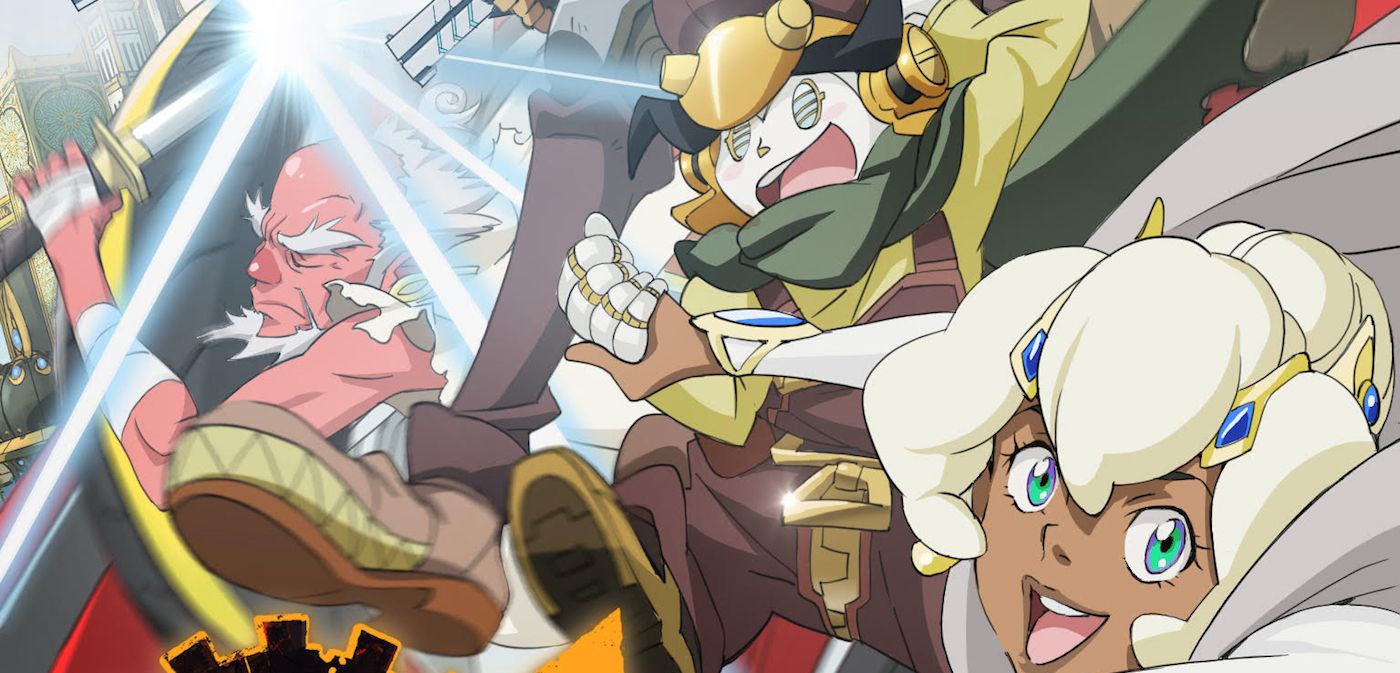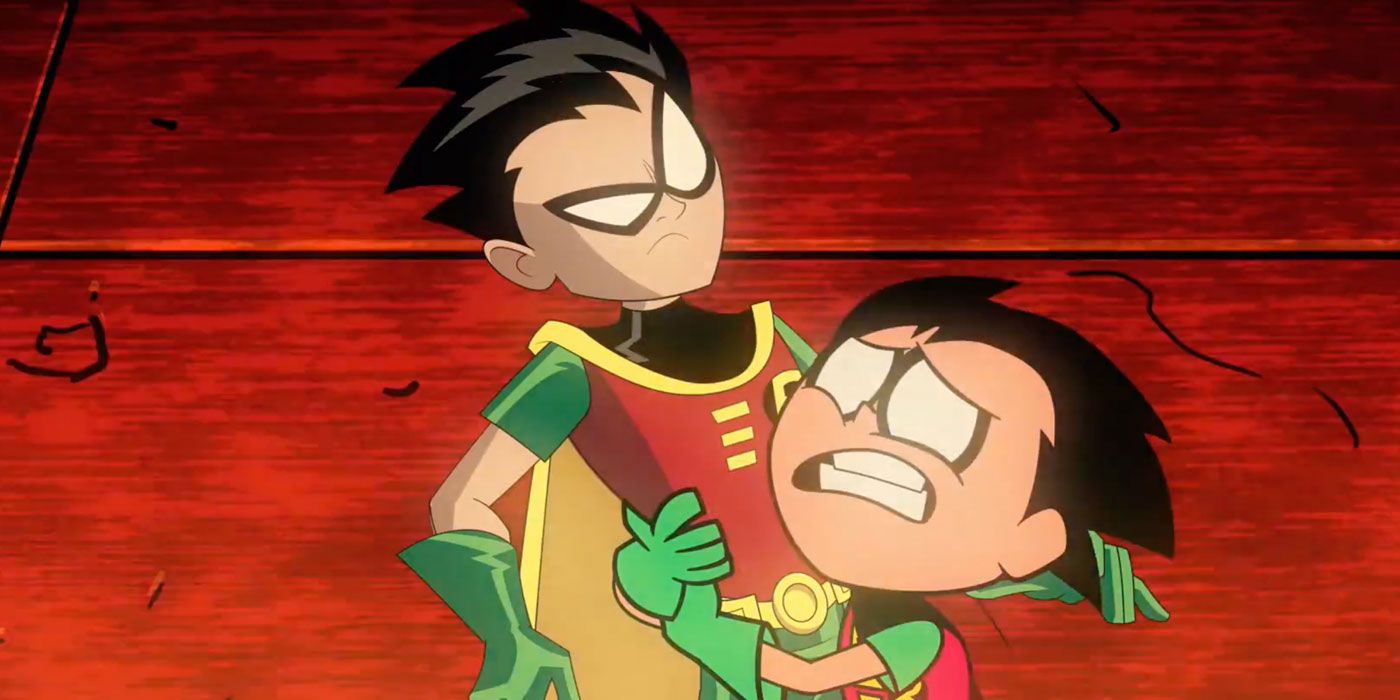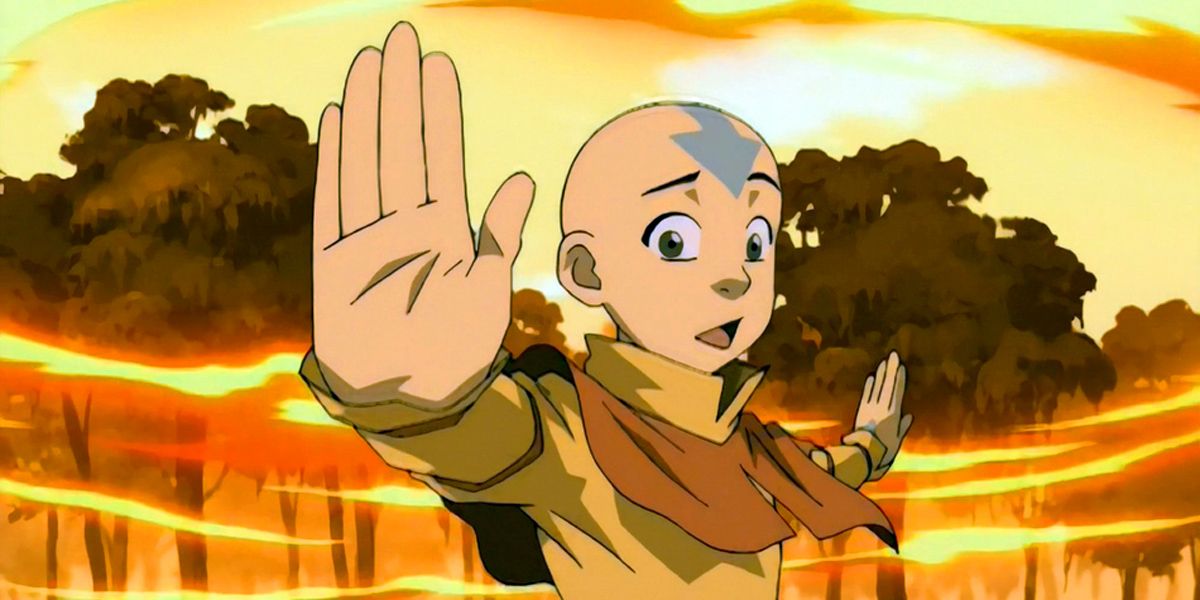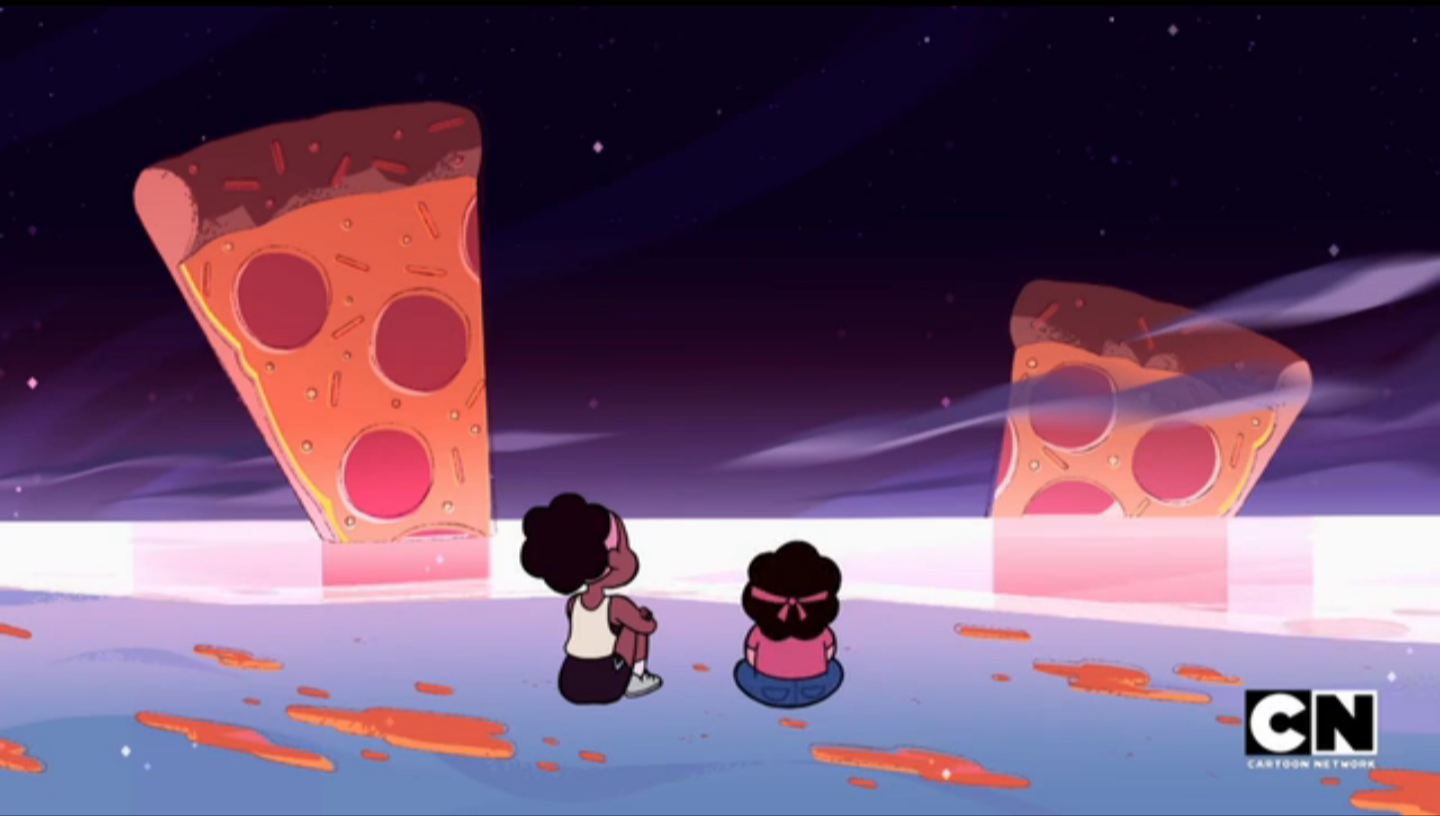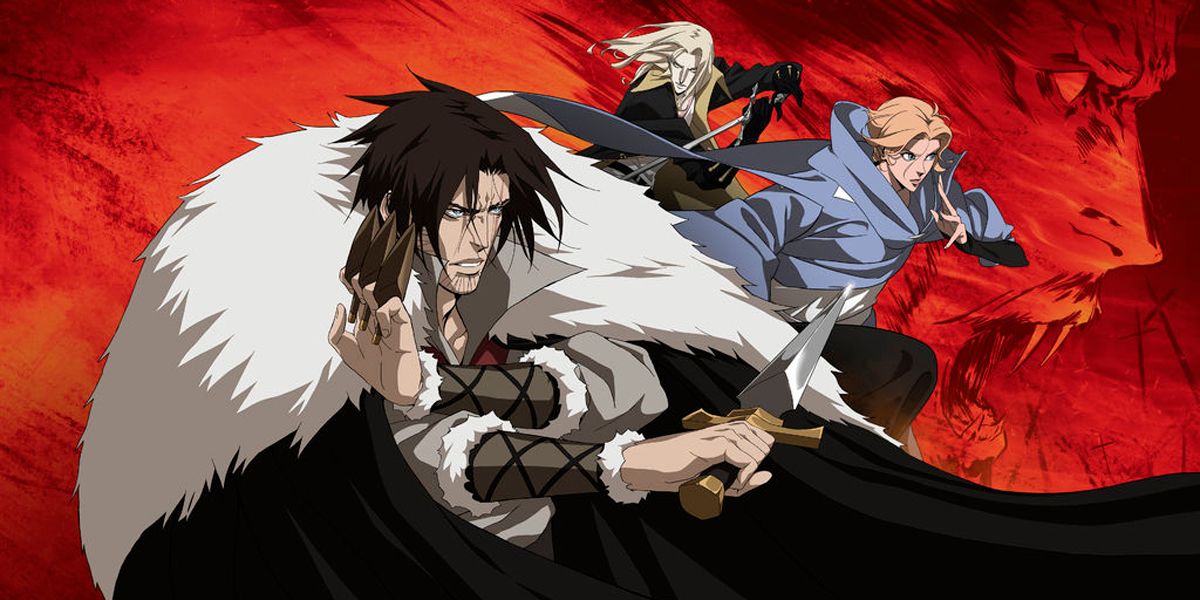Anime saw a huge surge in popularity in the West during the late 1990s and since then, it has been an ever-growing part of geek culture. Programming blocks such as Cartoon Network's Toonami, launched in 1997, introduced an entire generation to shows such as Dragon Ball Z and Sailor Moon, while Kids' WB did the same for Pokémon and Fox Kids for Digimon.
Western animation studios clearly took notice of the growing trend, and the following decades of American and European cartoons reflected it. Now, many series, to the untrained eye, are even starting to blend in with Japanese-made anime. Reflecting the art styles, tone and other storytelling elements of anime, "Americanime" has now become popular enough to be marketed as the real thing in some cases.
Let's take a look at several Western series that have been heavily influenced by anime, and how the medium continues to shape non-Eastern animation.
MURAKANIME
One of the biggest pioneers of this hybrid style of animation imitation is Glen Murakami. Though he initially had his eyes set on a career in comic books, he took a job in animation at Warner Bros. There, he would work alongside Bruce Timm on such acclaimed shows as Batman: The Animated Series, Superman: The Animated Series, and The New Batman Adventures. From here, he would become the producer for those series' dystopian sequel, Batman Beyond. While this show still hued closely to Bruce Timm's angular, 1950s inspired art style, it also brought in new influences to fit its cyberpunk setting. Its action sequences and colorful intro were blatantly inspired by sci-fi anime, namely bearing a resemblance to the classic anime film, Akira.
Murakami would take this even further in his next project for DC. The '00s Teen Titans cartoon completely abandoned the typical design scheme of contemporary DC animated series', intentionally designed to resemble what many viewers would associate with anime, nicknamed "Murakanime." This included spiky hair, large eyes, and over the top action sequences that were accompanied with bursts of light and color. To make this inspiration even more obvious, the series would constantly feature hyper-stylized versions of the characters in cutesy cutaway scenes. Many of these cutaways even featured super-deformed "chibi" characters, another staple of Japanese animation.
THE RISE OF AMERICANAIME
Other cartoons based off of DC Comics characters started to employ an anime-esque art style, too. The 2004 series, The Batman resembled anime far more than even its predecessor, Batman Beyond. It shared a designer with The Jackie Chan Adventures, a show that wore its Eastern inspiration even more on its sleeves. Later series', such as Legion of Superheroes, Young Justice, and even the CG animated Beware the Batman, would also feature art styles more in line with anime than more traditional Western ones. In fact, Batman: The Brave and the Bold and Green Lantern: The Animated Series are some of the only DC Comics related cartoons in the last two decades to lack these influences.
Among the shows consistently confused for anime from the West are Avatar: The Last Airbender and The Boondocks. Avatar especially embodied the essence of Shōnen action/adventure anime, telling its story in villain-devoted arcs and weaving cheeky humor throughout, as well as drawing heavy inspiration from Eastern culture and mysticism.
Many of these shows, including Avatar, stood out for featuring darker, more serious storylines than typically told in Western cartoons aimed at children. This mirrored the greater dramatic diversity of anime, be it throughout Japanese animation or even in single shows. The Boondocks, an adaptation of Aaron McGruder's sociopolitical satire comic, combined McGruder's art style with one more traditional anime one. This was especially noticeable in the show's rare fight scenes, which moved with the swift, electric grace of Dragon Ball Z and Naruto. The show's upcoming reboot series makes the animation even closer to its Eastern inspiration.
STEVEN UNIVERSE: MAGICAL BOY
Though its animation is more in line with the "Calarts" style, Steven Universe almost bleeds its anime influences. For one, its protagonist is a gender-bent twist on the Magical Girl subgenre popular in shōjo -- anime targeted toward girls and young women. The most obvious source of influence for this was Sailor Moon, one of the most popular shōjo properties in both Japan and in the West. Rebecca Sugar, creator of Steven Universe, describes how her formative introduction to anime in '90s America paved the way for her own show in a recent interview with Polygon.
"I think what’s interesting now about this generation of American artists is that for me, a lot of that stuff I was saying, I was watching it on Cartoon Network when I was a kid. I was watching Tenchi Universe and I was watching Sailor Moon, and I understood it wasn’t American, but I didn't understand it didn't belong on Cartoon Network, 'cause it was there."
Another favorite of Sugar's was Revolutionary Girl Utena, the progressive sexual politics of which was no doubt a huge influence on that of Steven Universe's. And the impact of Japanese pop culture on Sugar is writ large not only in theme and style throughout the show but also in its visual references, from Neon Genesis Evangelion to Final Fantasy VII.
FULL CIRCLE
The biggest irony of all this is that anime owes some of its origins to the West. Osamu Tezuka is considered the "father of anime," creating such early classics as Astro Boy and Jungle Emperor, known as Kimba the White Lion in the West. Tezuka's art style and storytelling were impacted by those of Disney, eventually earning him another title: the Walt Disney of Japan. To add to this irony, Jungle Emperor would become a point of controversy because of The Lion King's similarities to it, decades later.
Just as anime once imitated American animation to try and carve out its own identity, now, numerous non-Japanese cartoons use their resemblance to anime as a marketing tool. Some achieve this look and feel through direct collaboration between Western and Eastern studios.
Miraculous: Tales of Ladybug & Cat Noir and Winx Club are French and Italian produced series, yet both deliberately resemble Magical Girl anime. Winx Club has its roots in Italian manga while Miraculous is co-produced by legendary anime studio, Toei Animation. Both shows have flashing, light-filled action sequences, as well as transformation stock footage similar to Sailor Moon and Tokyo Mew Mew. Even Rooster Teeth's RWBY hid its relatively low budget with visual cues and designs from anime, as well as a magical school setting common in today's supernatural-themed anime.
Some productions that originate in the West, such as Netflix's Castlevania adaptation and the streaming service's upcoming He-Man reboot are marketed under the banner of anime and use animation staff from Japanese studios like Madhouse. Cannon Busters, an "original anime net animation," is actually based on an American comic book. These almost indiscernible differences have shaped Western cartoons to the point where they have taken on a hybrid, globalized identity. And this is largely thanks to the international success anime achieved in the 1990s.
The kids who grew up with those shows are now creating their own, and today's viewers may be none the wiser of how yesterday's foreign classics are still shaping today's home-grown favorites.

